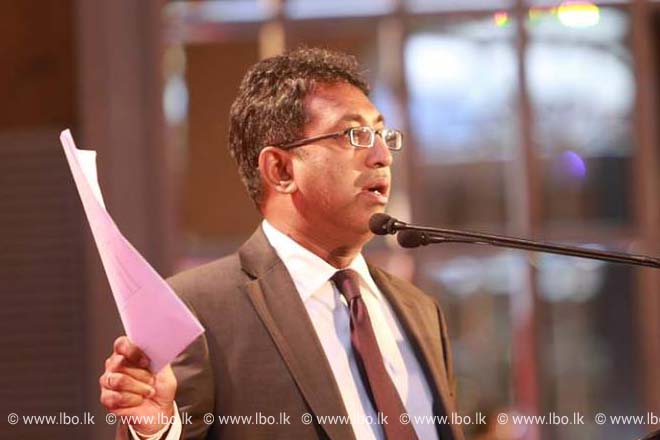MP Harsha de Silva's Tax Reform Proposal: Simplify PAYE tax structure and introduce surcharge.
Surprising Revenue Figures: PAYE collection surpasses expectations, while PIT falls short.
Inequality in Tax Burden: Current system disproportionately impacts middle-class professionals.
MP's Evidence-Based Approach: Proposed reforms aim to balance government revenue and reduce the tax burden.
Combatting Tax Fraud: Efforts to address LKR 60 billion excise tax evasion.
In a recent parliamentary debate on the pressing issue of brain drain, MP Harsha de Silva brought to light a significant concern raised by the Professional Trade Union Alliance, consisting of 47 professional organizations. These professionals voiced their grievances about the heavy
tax burden placed upon them and urged for changes in the tax structure to alleviate their financial strain.
MP Harsha, along with his team of analysts, embarked on an investigative journey to scrutinize the existing tax structures and their implications. Their findings shed light on two critical aspects of taxation in Sri Lanka: the Pay-as-you-earn (PAYE) tax and the Personal Income Tax (PIT).
The PAYE tax, initially projected to yield LKR 68 billion in revenue for the government, was later revised to LKR 100 billion. However, the latest figures as of the end of September indicate that the government has already collected LKR 107 billion through PAYE, achieving a 70% compliance rate.
Extrapolating from this data, it is conceivable that the government could
potentially earn up to LKR 125 billion by year-end with the current compliance rate or a substantial LKR 178 billion with full compliance. These numbers challenge the initial underestimation of PAYE revenue.
In stark contrast, the Personal Income Tax (PIT) fell significantly short of expectations. The government had projected LKR 115 billion in revenue by the end of last month, but the actual collection stood at a mere LKR 25 billion.
Extrapolating this data for the entire year reveals an estimated LKR 37.5 billion in revenue, far below the initial estimate. This discrepancy highlights a concerning issue: voluntary compliance with PIT is distressingly low, while PAYE is collected more forcibly.
The evident discrepancy in collections versus initial estimates for PAYE and PIT raises questions about the fairness and effectiveness of the current tax structure. It reflects a flawed incentive system, where taxes that can be coerced are being collected while voluntary contributions remain dismal.
MP Harsha has proposed an alternative scenario to reform the existing PAYE tax structure. Under this proposal, the PAYE tax structure would begin at 6% for incomes exceeding LKR
150,000, with a progressive increase of 4% for each additional salary slab of LKR 50,000 up to LKR 250,000. Beyond that, there would be a 2% increment for each subsequent 50,000 slab, capping at a maximum tax rate of 24% for incomes of LKR 500,000 or more.
Additionally, to bridge the revenue gap created by these changes, a 15% surcharge tax would be applied to individuals earning over LKR 750,000.
The surcharge is an additional 15% of the tax, not 15% additional tax.
This proposal aims to maintain government revenue targets while significantly reducing the tax burden on middle-class professionals, a move that could deter the brain drain phenomenon and provide much-needed relief to those contributing to the nation's growth.
MP Harsha has shown a strong commitment to listening to the concerns of professionals in the country. While his primary proposal involves the specific PAYE tax structure outlined above, he has also presented two additional alternatives that can be discussed with the government. In
addition to these proposed tax reforms, MP Harsha is also working with the Ways and Means Committee to address approximately up to LKR 60 billion in excise taxes not collected due to fraud in the sticker.
In conclusion, the existing tax structure in Sri Lanka has revealed glaring disparities between estimated and actual revenue collections. MP Harsha de Silva's proposed alternatives offer a path toward a fairer and more efficient tax system that can simultaneously support government revenue targets and ease the financial strain on professionals and the middle class. It is a step toward a brighter and more prosperous future for the nation.

